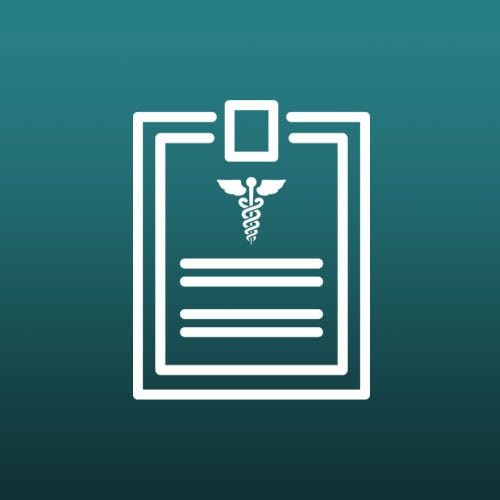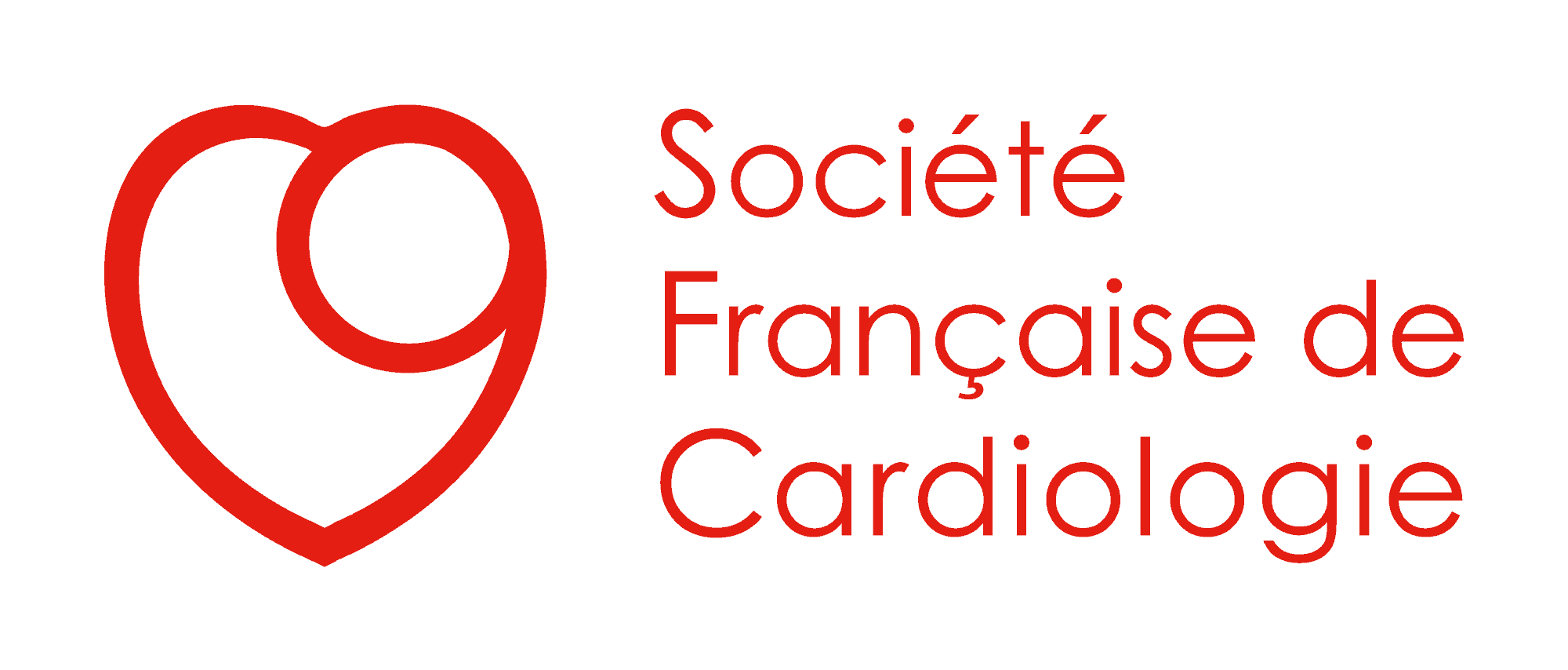Suivez-nous sur les réseaux sociaux !
Retrouvez les articles immanquables des Archives of Cardiovascular Diseases, revue scientifique mensuelle en anglais de notoriété internationale.
Voici un aperçu rapide des sujets abordés dans cette publication :
Dernières publications
Publications
Association of early electrical changes with cardiovascular outcomes in immune checkpoint inhibitor myocarditis
Voici un aperçu rapide des sujets abordés dans cette publication :
Archives of Cardiovascular Diseases | Article du mois – Avril 2022
John R. Power, Joachim Alexandre, Arrush Choudhary, Benay Ozbay, Salim S. Hayek, Aarti Asnani, Yuichi Tamuraf, Mandar Aras, Jennifer Cautela, Franck Thuny, Lauren Gilstrapi, Dimitri Arangalage, Steven Ewer, Shi Huang, Anita Deswal, Nicolas L. Palaskas, Daniel Finke, Lorenz H. Lehmann, Stephane Ederhy, Javid Moslehi, Joe-Elie Salemo, for the International ICI-Myocarditis Registry
Summary
Background
Immune-checkpoint inhibitor-associated myocarditis (ICI-myocarditis) often presents with arrhythmias, but the prognostic value of early electrocardiogram findings is unclear. Although ICI-myocarditis and acute cellular rejection (ACR) following cardiac transplantation use similar treatment strategies, differences in arrhythmia burden are unknown.
Aims
To evaluate the association of electrocardiogram findings in ICI-myocarditis with myocarditis-related mortality and life-threatening arrhythmia.
Methods
A total of 125 cases of ICI-myocarditis were identified retrospectively across 49 hospitals worldwide; 50 cases of grade 2R or 3R ACR were included as comparators. Two cardiologists blinded to clinical data interpreted electrocardiograms. Associations between electrocardiogram features, myocarditis-related mortality and the composite of myocarditisrelated mortality and life-threatening arrhythmias were examined. Adjusted hazard ratios (aHRs) were calculated.
Results
The cohort had 78 (62.4%) men; median (interquartile range) age was 67 (58—76) years. At 30 days, myocarditis-related mortality was 20/124 (16.1%), and 28/124 (22.6%) met the composite endpoint. Patients who developed complete heart block (aHR by subdistribution hazards model [aHR(sh)] 3.29, 95% confidence interval [CI] 1.24—8.68; P = 0.02) or life-threatening cardiac arrhythmias (aHR(sh) 6.82, 95% CI: 2.87—16.21; P < 0.001) had a higher risk of myocarditis-related mortality. Pathological Q waves (aHR(sh) 3.40, 95% CI: 1.38—8.33; P = 0.008), low QRS voltage (aHR(sh) 6.05, 95% CI: 2.10—17.39; P < 0.001) and Sokolow-Lyon index (aHR(sh)/mV 0.54, 95% CI: 0.30—0.97; P = 0.04) on admission electrocardiogram were also associated with increased risk of myocarditis-related mortality. These associations were mirrored in the composite outcome analysis. Compared with ACR, ICI-myocarditis had a higher incidence of life-threatening cardiac arrhythmias (15/125 [12.0%] vs 1/50 [2%]; P = 0.04) and third-degree heart block (19/125 [15.2%] vs 0/50 [0%]; P = 0.004).
Conclusions
Electrocardiograms in ICI-myocarditis with ventricular tachycardias, heart block, low-voltage and pathological Q waves were associated with myocarditis-related mortality and life-threating arrhythmia. Arrhythmia burden in ICI-myocarditis exceeds that of ACR after heart transplant.
Partagez cet article :
Partagez cet article :
Written by : SFC
Plus de publications de la SFC

Article du Collège des Paramédicaux de la SFC | Avril 2025 Séverine Godinot - [...]

CARDIOLOGIE PÉDIATRIQUE Heart failure in patients with a systemic right ventricle: A multicentre study [...]




